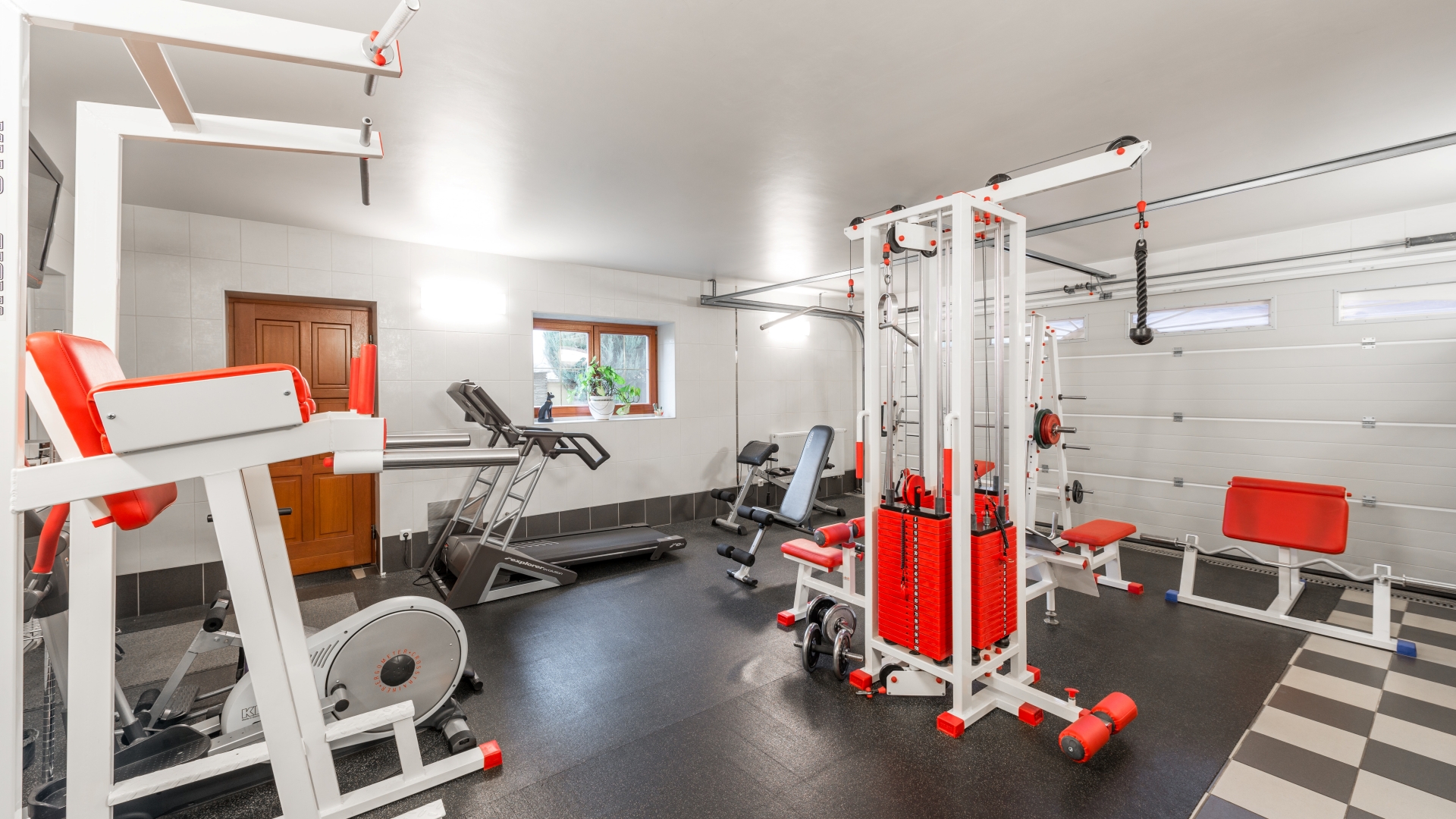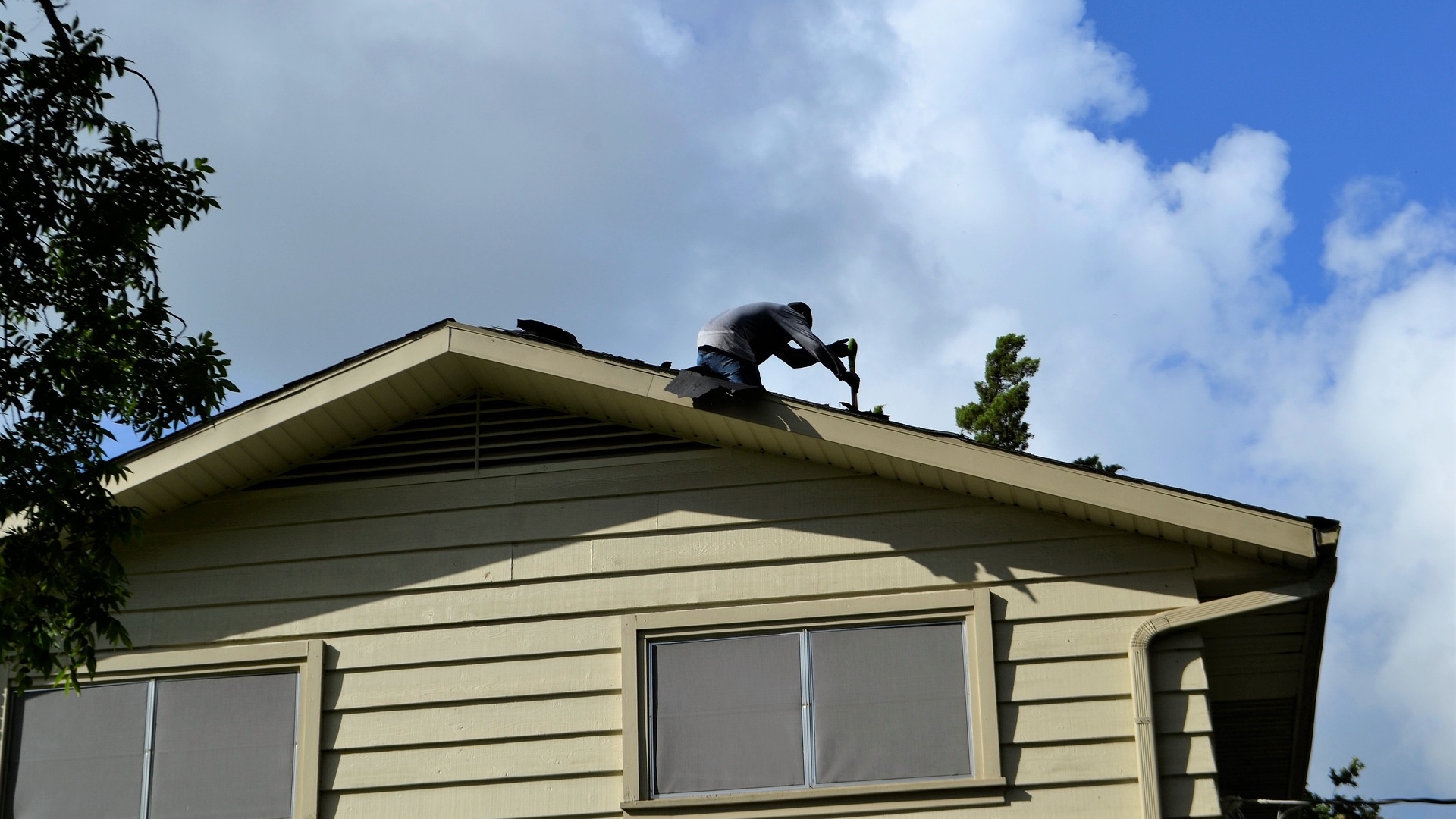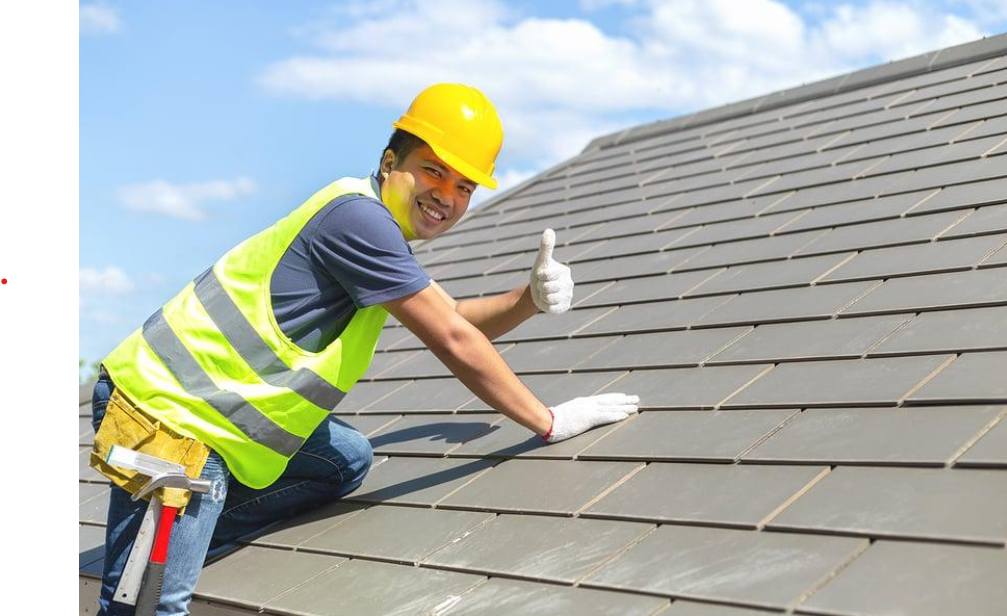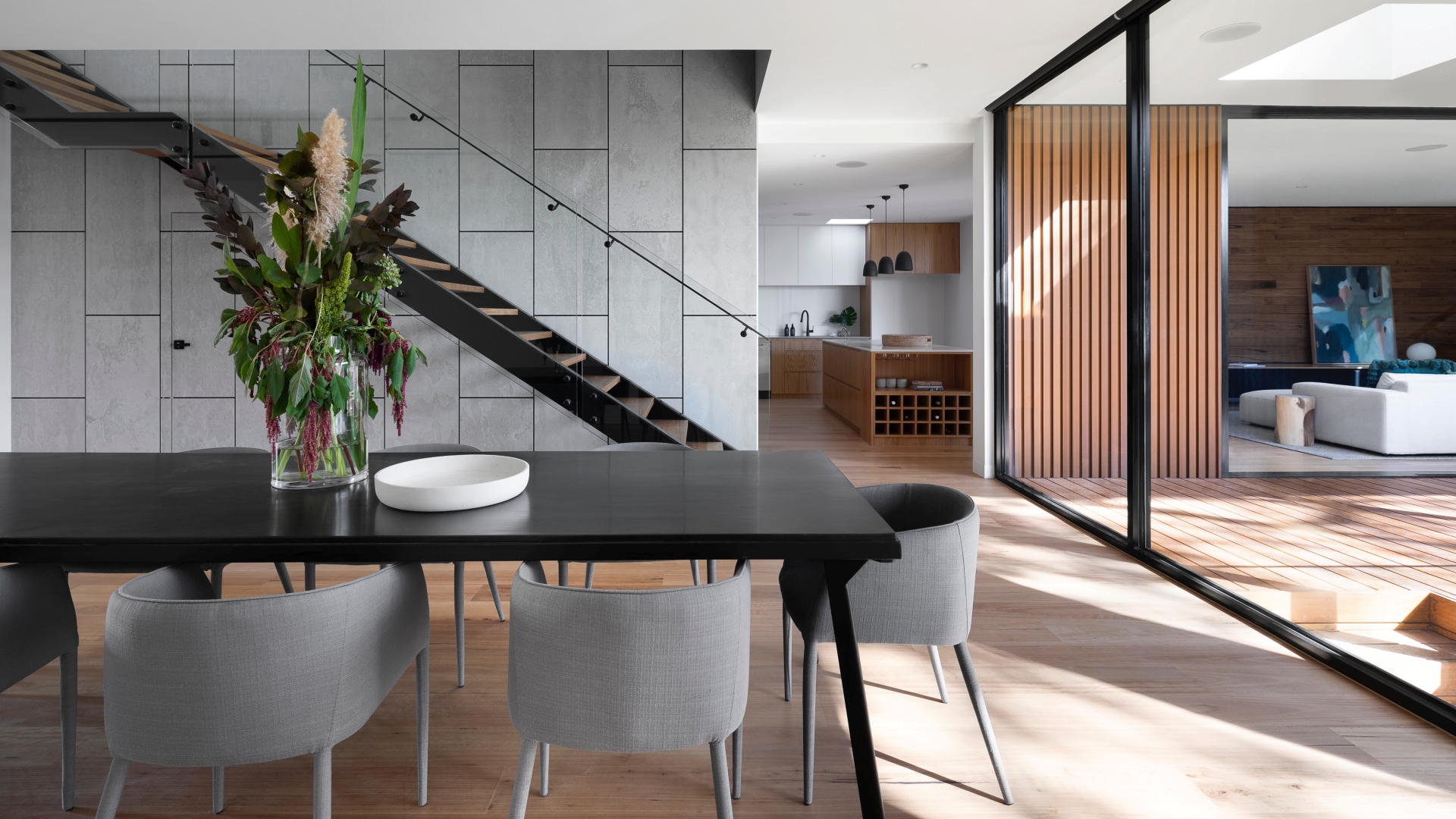Imagine you’ve been out swimming for a while. As you finally climb out of the pool, you experience a cooling sensation as the water evaporates from your wet skin. Scientifically, the water on your body evaporates into the air after absorbing heat energy from the surrounding air molecules.
Evaporative cooling systems work on the same principle. They use the process of water evaporation to cool down the air in a building, providing a refreshing and comfortable environment. Evaporative cooling is significant when it’s hot and dry.
Before you get deeper into the article, you should note that evaporative cooling uses water on a pad to cool the air. In contrast, air conditioners use refrigerants to achieve the same process. Like the latter, their installation is by AC experts.
Evaporative Cooling 101
As mentioned earlier, evaporative cooling systems lower building temperatures by absorbing heat energy from the surrounding air. This process uses a fan to pull warm air through a wet cooling pad in an air conditioner.
As the air filters through the pad, the water on its surface evaporates, effectively cooling the air. This cool air is then distributed back into the room. This continuous cycle of warm air cooling through water evaporation significantly reduces the room’s temperature, creating a more comfortable and enjoyable living environment.
Types Of Evaporative Cooling Systems
Evaporative cooling systems come in various types, each offering unique features and suitability for different environments. Understanding these types is essential in choosing the right system for your needs. Here, you will explore the main categories of evaporative cooling systems:
1. Direct Evaporative Coolers
Also known as swamp coolers, these are by far the most common. They draw hot and dry outdoor air through a wet pad or filter, cool it, and then push it into the indoor space. While common, they function best in dry areas and are less effective in areas with high humidity.
2. Indirect Evaporative Coolers
Evaporative coolers in this group utilize a heat exchange system to cool the air. The hot and dry outdoor air is cooled by evaporating water on a heat exchanger. It is then shuttled into the building to cool the indoor air, and the process repeats. Indirect evaporative coolers perform better than evaporative coolers in humid climates but are more expensive.
3. Two-Stage Evaporative Coolers
A two-stage evaporative cooler, sometimes called the hybrid cooler, combines direct and indirect methods to achieve lower temperatures and increased efficiency. Two-stage evaporative coolers are more energy-efficient than indirect evaporative coolers but are also more expensive.
4. Portable Evaporative Coolers And Rooftop Evaporative Coolers
As the term ‘portable’ suggests, these evaporative coolers are small and compact, making moving them from one location to another easy.
Rooftop evaporative coolers, on the other hand, are larger units designed with commercial and industrial applications in mind. Both the rooftop and the portable evaporative coolers utilize the principles of direct cooling to function effectively.

Advantages Of Evaporative Cooling Systems
Evaporative cooling systems offer numerous advantages over traditional air conditioning, making them a compelling choice for cooling indoor spaces. Read on!
1. They Are Energy Efficient
Evaporative coolers tend to consume significantly less energy than traditional air conditioning systems. Several HVAC experts say these systems consume up to 90% less energy than traditional cooling systems.
Their energy efficiency is because their mode of operation demands only a few units of electricity to power the fan and pump. This results in significantly lower energy consumption and reduced utility costs.
2. Cheaper To Run
While upfront costs for an evaporative unit are higher than for refrigerant-based units, their energy efficiency translates into cost savings over time. Also, because evaporative cooling units mainly depend on water pumps and fans to function, the long-term operational expenses are lower, making them more budget-friendly than conventional air conditioners.
3. Environmentally Friendly
Evaporative cooling is an eco-friendlier alternative to refrigerant-based air conditioning systems, which produce hydrofluorocarbons (HFCs), contributing to greenhouse gas emissions. Also, it uses less electricity, making it less strenuous to environmental resources.
4. Better Air Quality
Unlike traditional air conditioners that recycle indoor air, evaporative cooling pushes 100% fresh outdoor air into the building, which improves indoor air quality. Also, the cooling pads in the coolers act as filters, trapping dust and allergens.
5. Easier To Maintain
Evaporative coolers are easier to maintain and operate as they have fewer complicated parts than traditional air conditioning systems. These fewer moving parts make them less prone to mechanical failures and constant repairs. The only thing constantly needed in the name of maintenance is cleaning or replacing the cooling pads and ensuring proper water supply.
Get Cool Today
Compared to its counterpart, the refrigerant-based cooler, evaporative cooling is a natural and energy-efficient way to cool your indoor spaces. Evaporative coolers are an eco-friendlier alternative to traditional air conditioning systems. They are also easier to maintain, making them an excellent choice for anyone who wants to go ‘green’ without compromising comfort.











